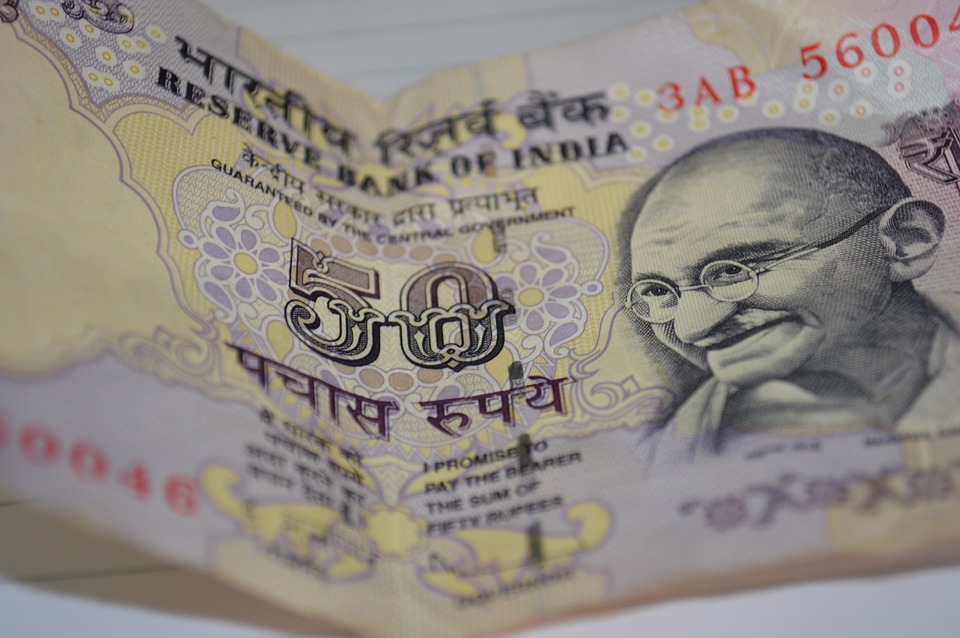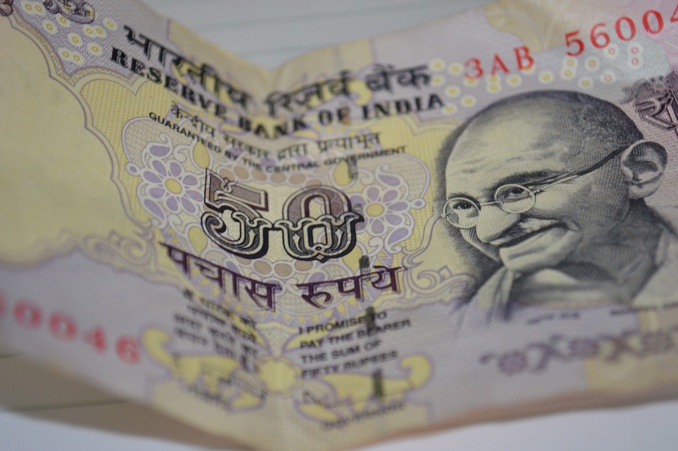Last quarter, lenders sold India's sovereign bonds for 952 billion rupees ($ 14.7 billion). At the same time, foreign funds increased their investments in India bonds by more than Rs. 422 billion. Two classes of investors see different opportunities in the Indian market, which has demonstrated better dynamics among emerging markets in Asia over the past three months.
For global investors, such as Franklin Templeton’s asset manager Michael Hasenstab, structural reforms of Indian Prime Minister Narendra Modi, relatively high bond yields and a stable exchange rate make India an attractive place among emerging markets.
Local investors are concerned about the potential increase in the supply of debt, amid risks that the Indian states will finance part of these payments, borrowing more from the bond market. With their higher yield, securities issued by regional governments may jeopardize the program of lending to the federal administration.
Meanwhile, the country's central bank is approaching the end of a cycle of easing monetary policy.
"We expect the Reserve Bank of India to cut its rate by 25 basis points in August and give a signal that there will be no more rate cuts," said Executive Vice President of PNB Gilts Ltd. Vijay Sharma.
As reported earlier, at a meeting on June 7, five of the six members of the Monetary Policy Committee of the Reserve Bank of India voted to maintain the repo rate at 6.25%. Economist Ravindra Dholakia disagreed with his colleagues, calling for a 50 basis point rate cut, follows from the minutes of the meeting, published on June 21.
Softer policy of the Reserve Bank of India can narrow the spread of Indian bonds and US Treasury bonds. However, global fund managers note that real rates in India will continue to remain high in relative terms, and should not cause great damage to the country's potential for carry trade. Despite the fall of 231 bp. for the last three years, the yield of 10-year bonds of India still remains the highest among the main regional markets after Indonesia.
Foreign investors are also attracted by the country’s political stability and the ongoing efforts of the local central bank to control the growth of consumer prices. In May, inflation fell to a record low of 2.18%. Borrowing in dollars to buy rupee-denominated assets this year generated an income of 7.5%, which is the highest return on the carry trade in Asia, according to data compiled by Bloomberg.
Foreign investments in Indian bonds, including sovereign, corporate bonds and state-issued securities, rose by 804 billion rupees in April-June, which is the highest for every quarter since the beginning of data collection by the National Depository of Securities in 2011 .
The yield of 10-year bonds of India fell by 17 bp. in the last quarter and slightly changed at the auctions in Mumbai on Tuesday, amounting to 6.56%.
source: bloomberg.com
For global investors, such as Franklin Templeton’s asset manager Michael Hasenstab, structural reforms of Indian Prime Minister Narendra Modi, relatively high bond yields and a stable exchange rate make India an attractive place among emerging markets.
Local investors are concerned about the potential increase in the supply of debt, amid risks that the Indian states will finance part of these payments, borrowing more from the bond market. With their higher yield, securities issued by regional governments may jeopardize the program of lending to the federal administration.
Meanwhile, the country's central bank is approaching the end of a cycle of easing monetary policy.
"We expect the Reserve Bank of India to cut its rate by 25 basis points in August and give a signal that there will be no more rate cuts," said Executive Vice President of PNB Gilts Ltd. Vijay Sharma.
As reported earlier, at a meeting on June 7, five of the six members of the Monetary Policy Committee of the Reserve Bank of India voted to maintain the repo rate at 6.25%. Economist Ravindra Dholakia disagreed with his colleagues, calling for a 50 basis point rate cut, follows from the minutes of the meeting, published on June 21.
Softer policy of the Reserve Bank of India can narrow the spread of Indian bonds and US Treasury bonds. However, global fund managers note that real rates in India will continue to remain high in relative terms, and should not cause great damage to the country's potential for carry trade. Despite the fall of 231 bp. for the last three years, the yield of 10-year bonds of India still remains the highest among the main regional markets after Indonesia.
Foreign investors are also attracted by the country’s political stability and the ongoing efforts of the local central bank to control the growth of consumer prices. In May, inflation fell to a record low of 2.18%. Borrowing in dollars to buy rupee-denominated assets this year generated an income of 7.5%, which is the highest return on the carry trade in Asia, according to data compiled by Bloomberg.
Foreign investments in Indian bonds, including sovereign, corporate bonds and state-issued securities, rose by 804 billion rupees in April-June, which is the highest for every quarter since the beginning of data collection by the National Depository of Securities in 2011 .
The yield of 10-year bonds of India fell by 17 bp. in the last quarter and slightly changed at the auctions in Mumbai on Tuesday, amounting to 6.56%.
source: bloomberg.com



















